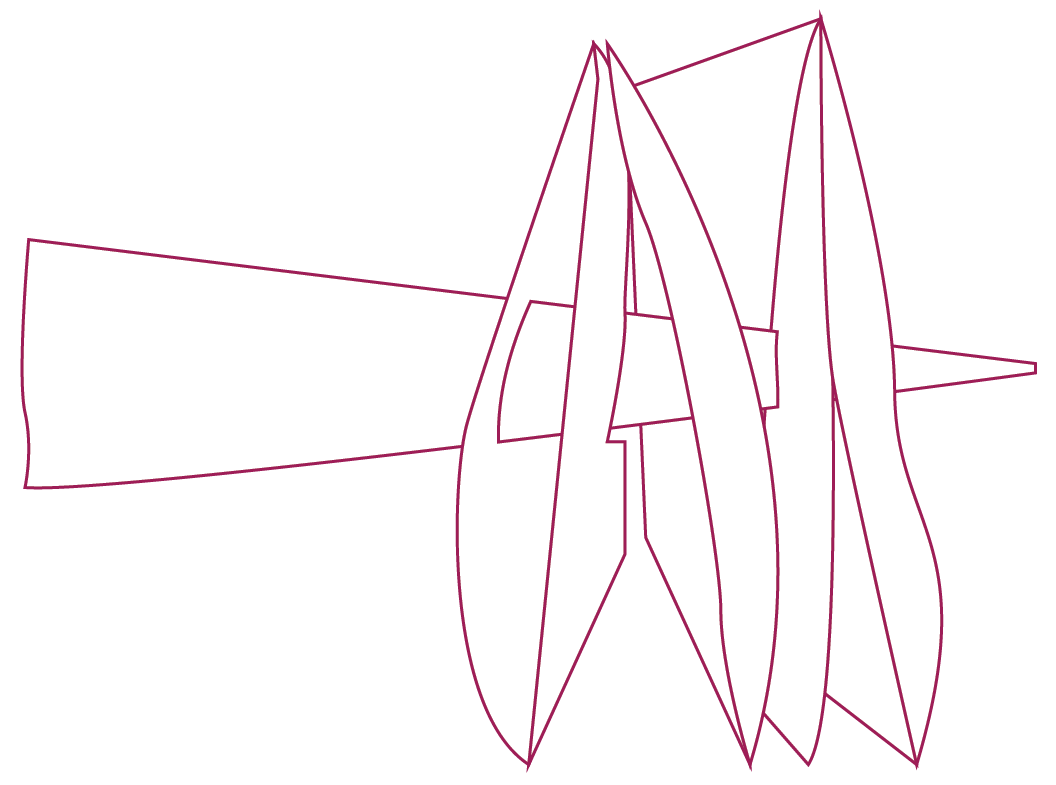The
Dictionary of Letterlocking (DoLL)
DoLL provides you with the language to describe what you are seeing and doing as you explore letterlocking. We provide several ways to search the dictionary
Return to
DoLL: alphabetical list of concepts
DoLL: hierarchy (index) of concepts
Explore
Cite as
Jana Dambrogio, Daniel Starza Smith, and the Unlocking History Research Group. 2025. Dictionary of Letterlocking (DoLL). Date accessed: [Date]. Abbreviated on this page: (DoLL 2025). All images except when noted are courtesy of the Unlocking History Research Group archive, MC0760, MIT Libraries.
Last updated: March 4, 2025.

